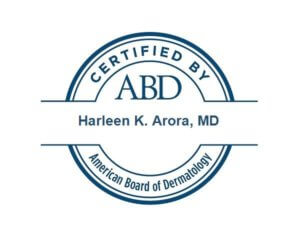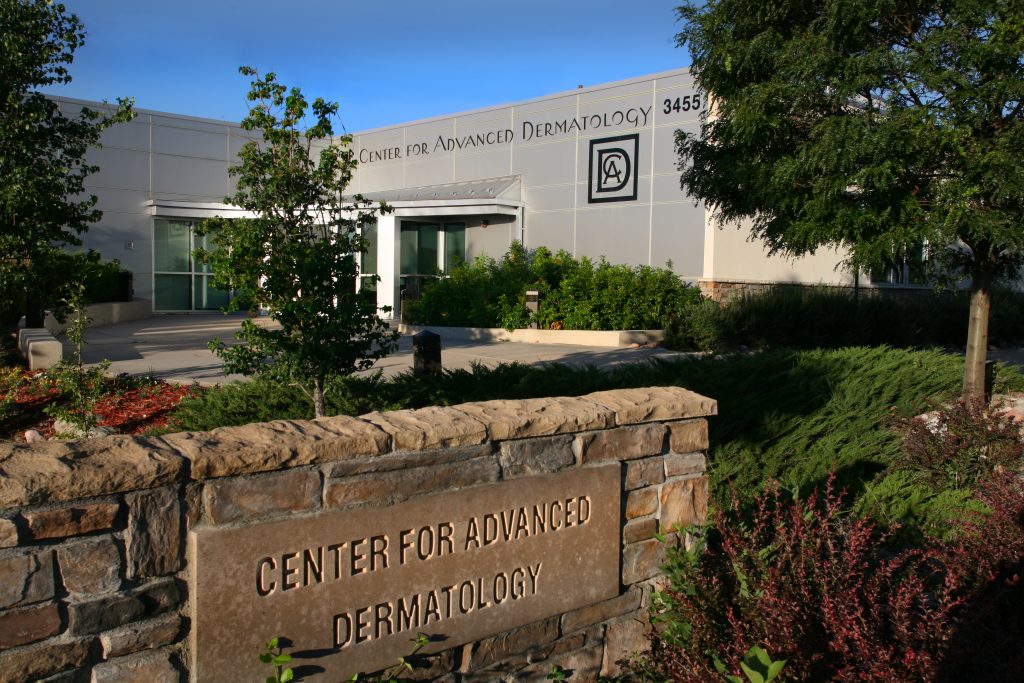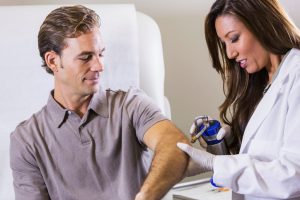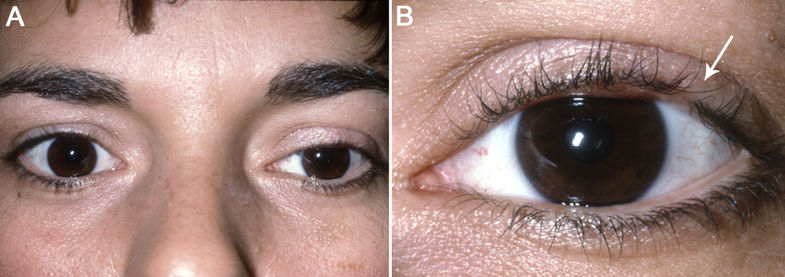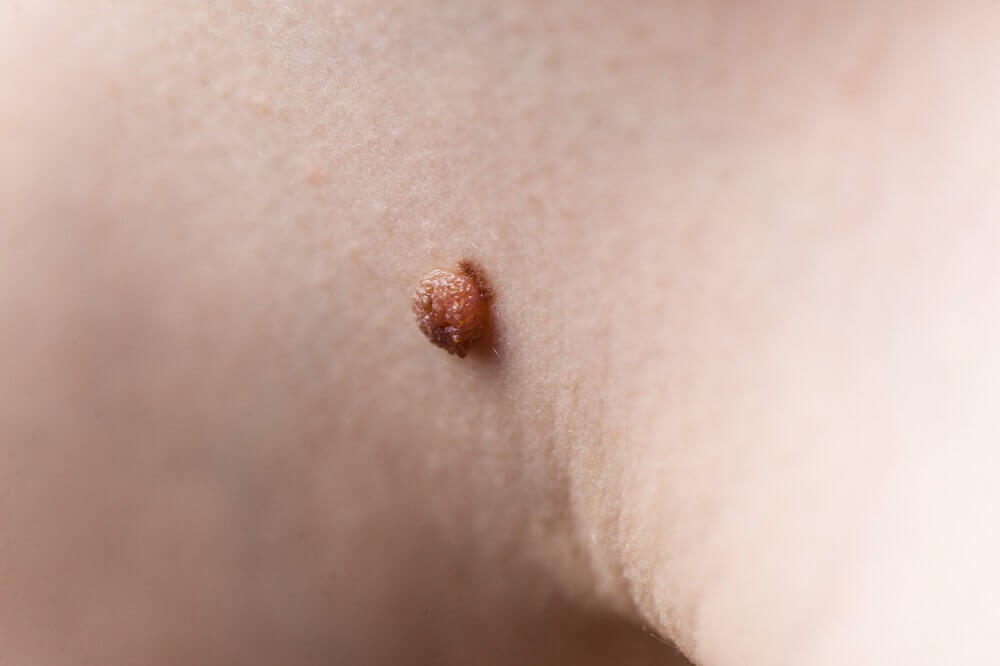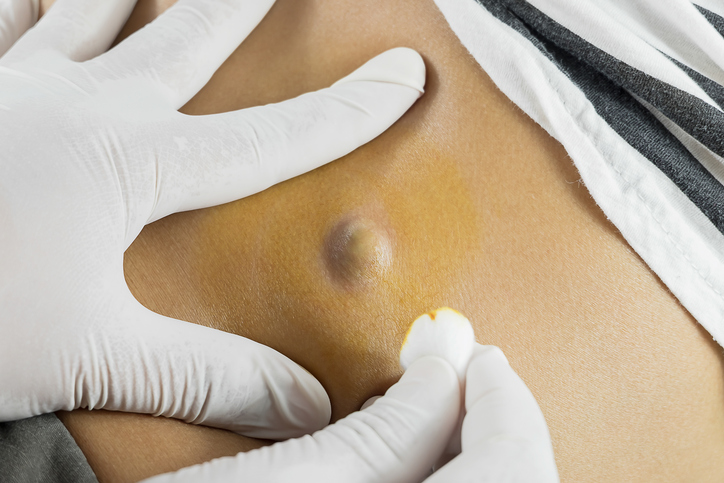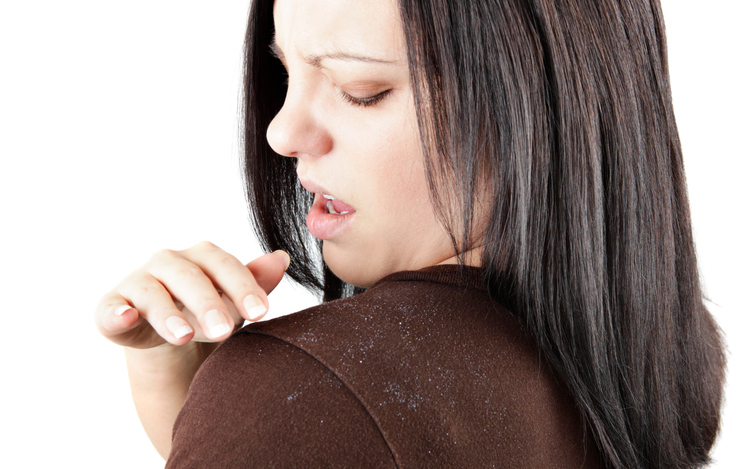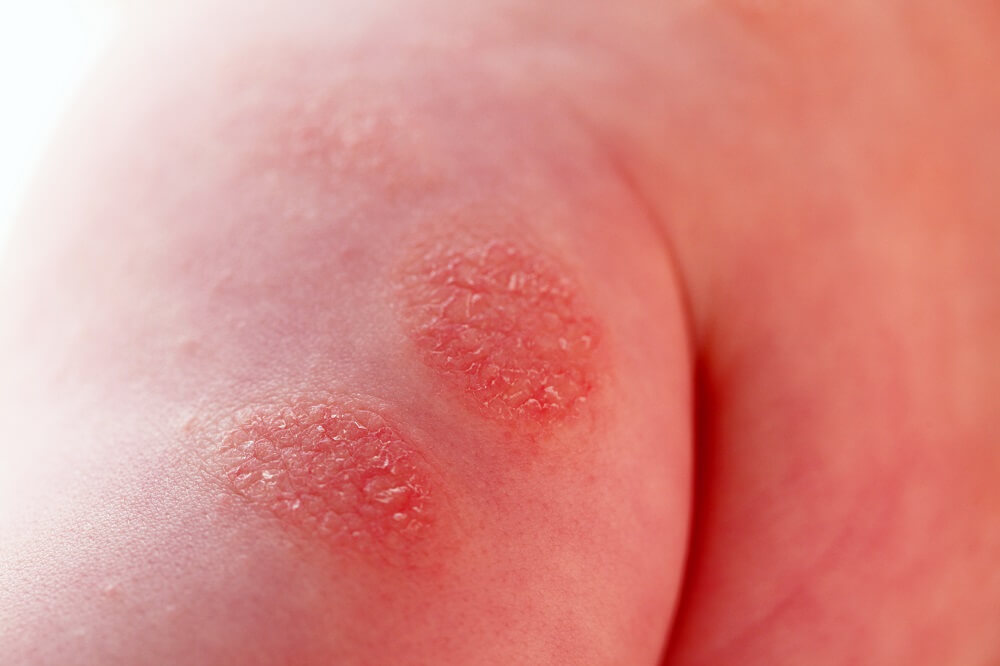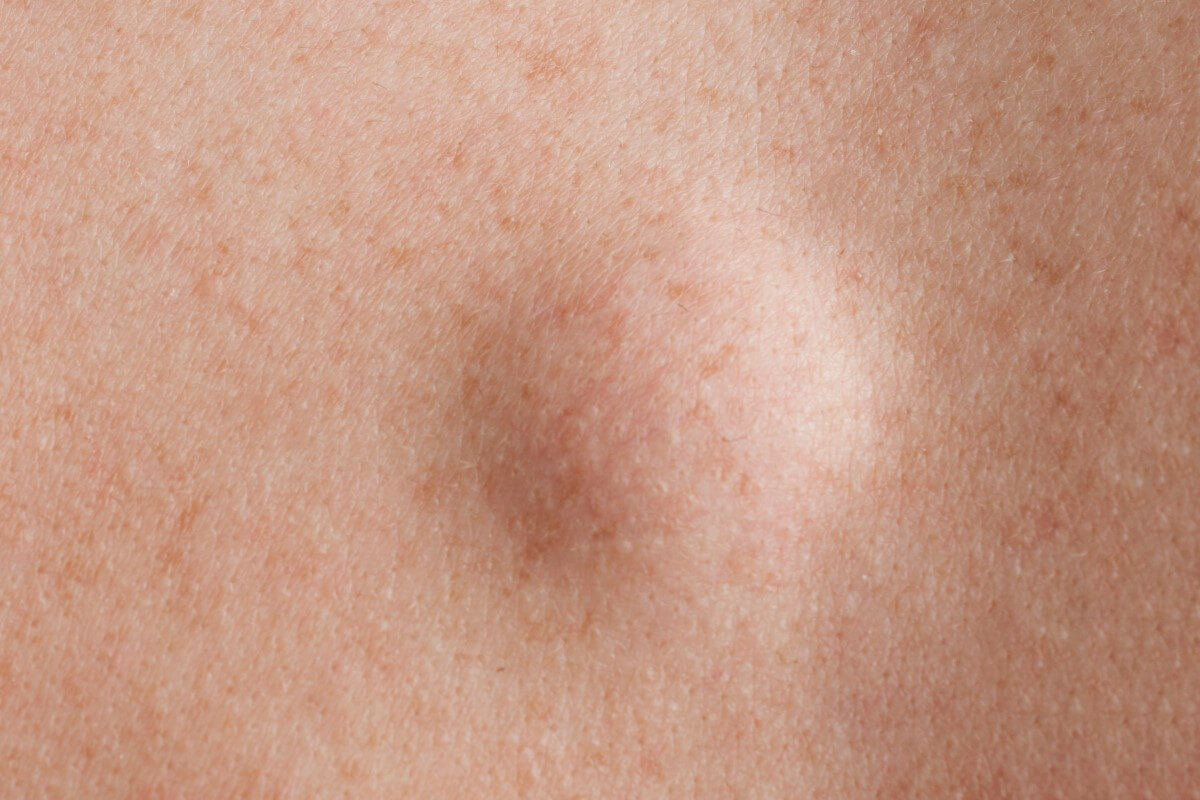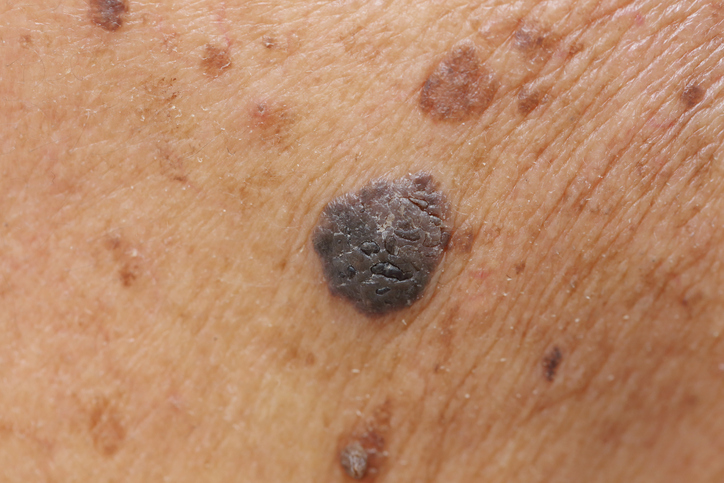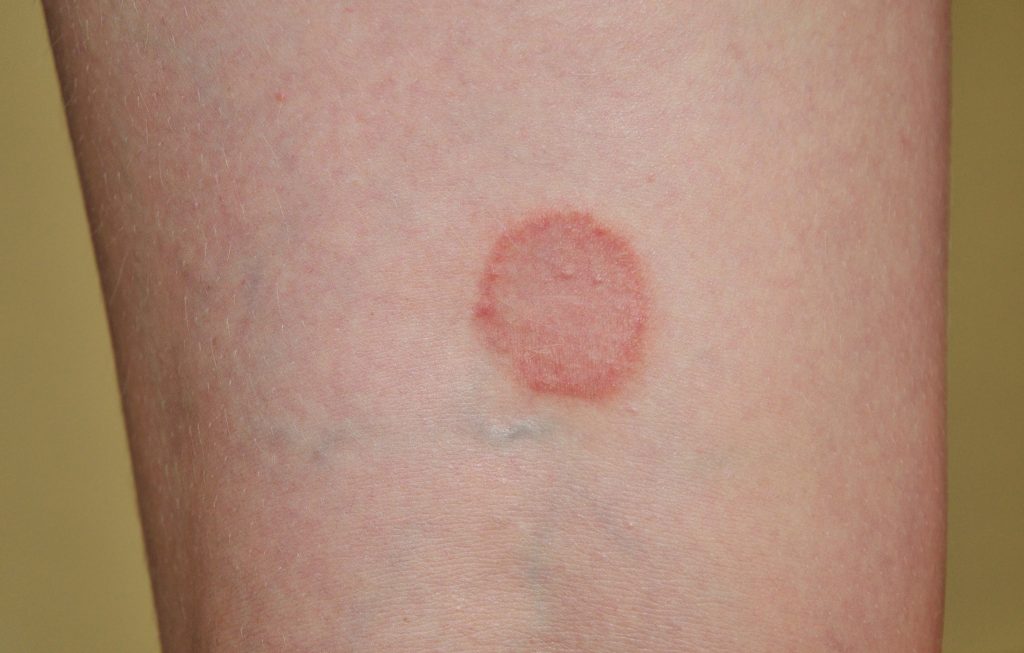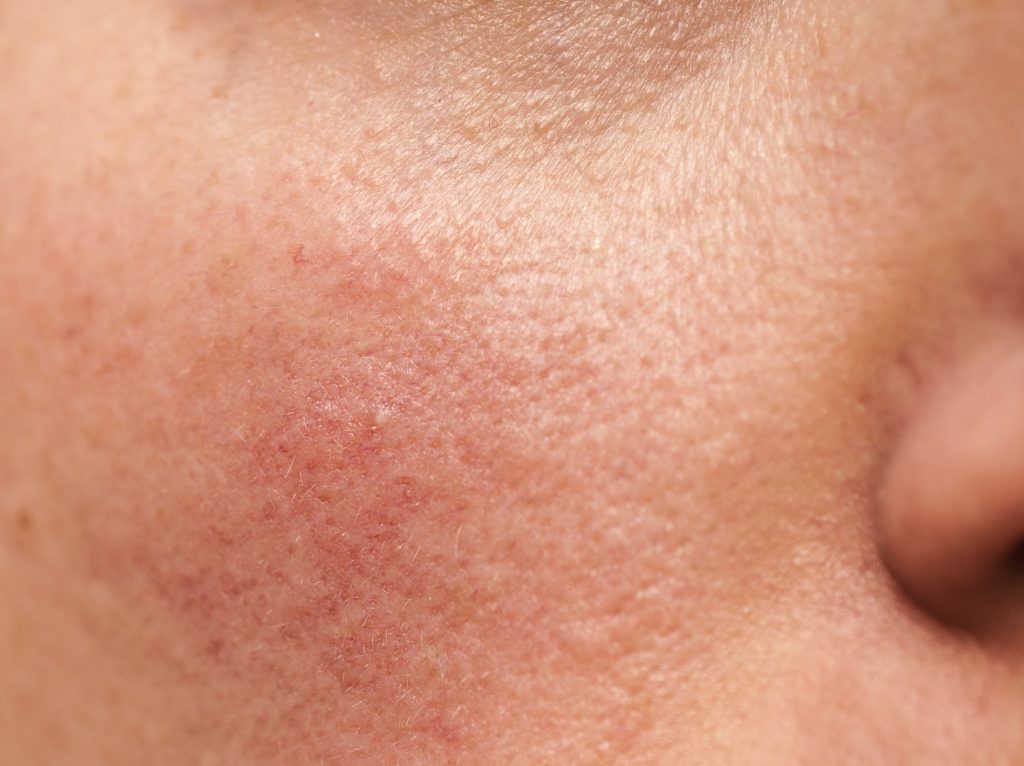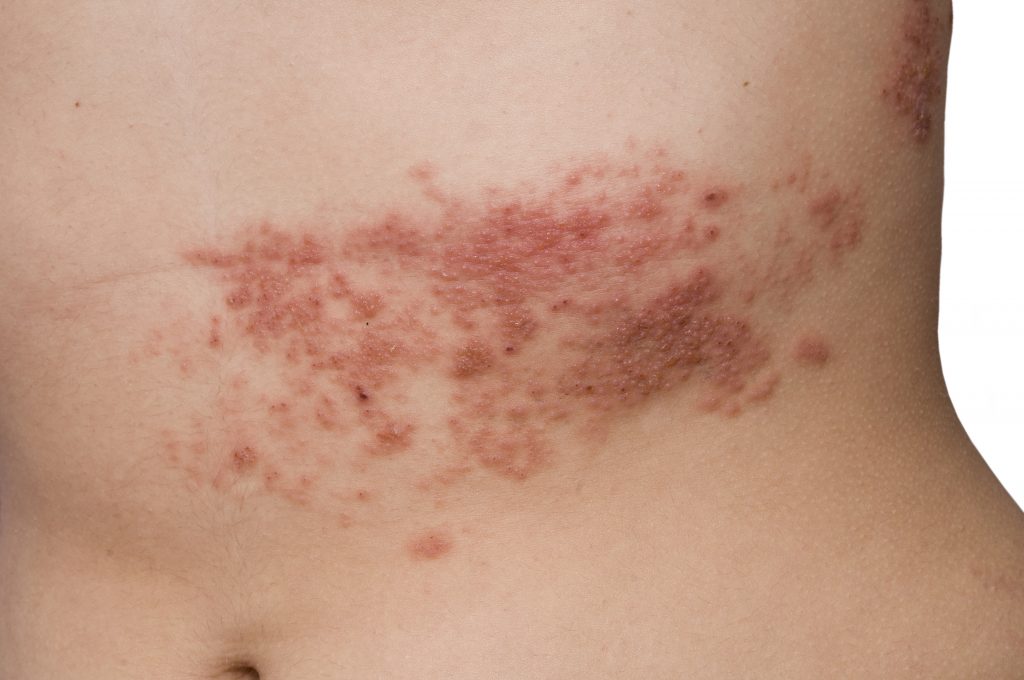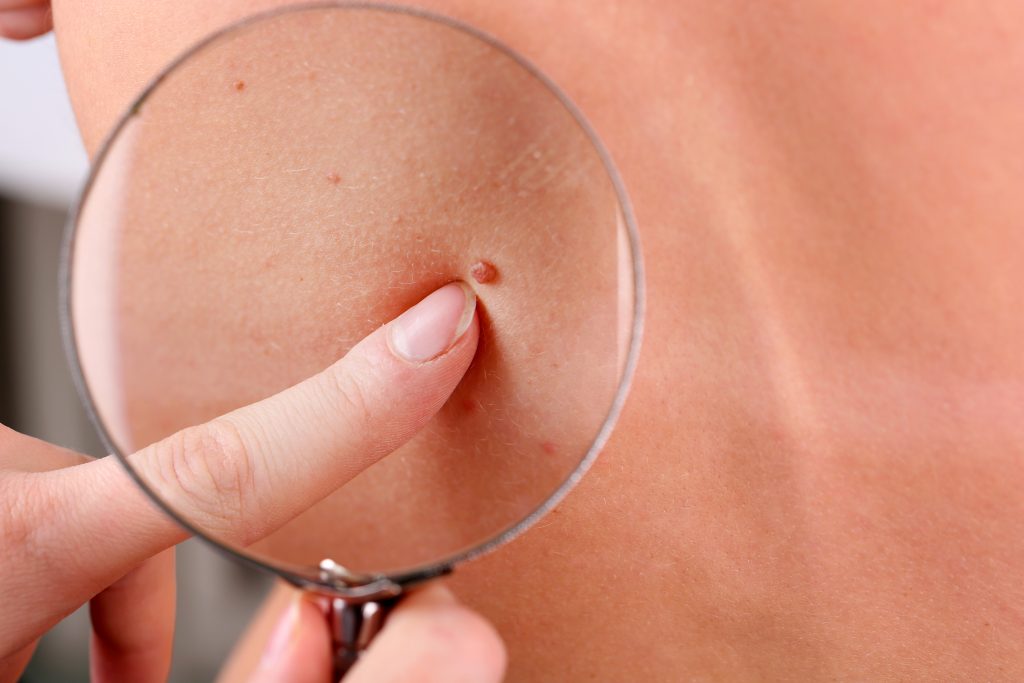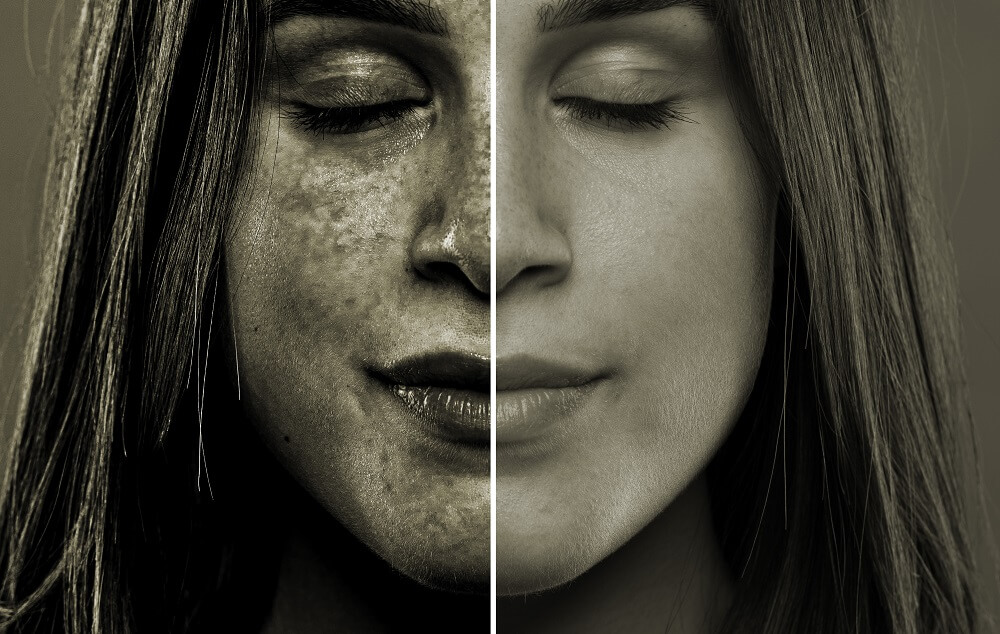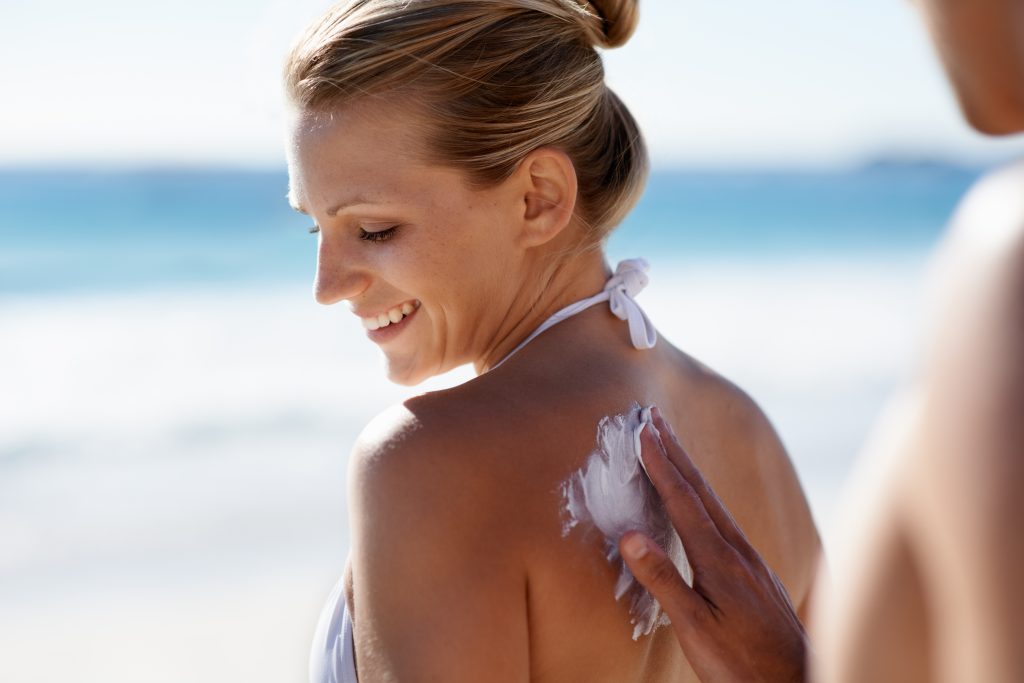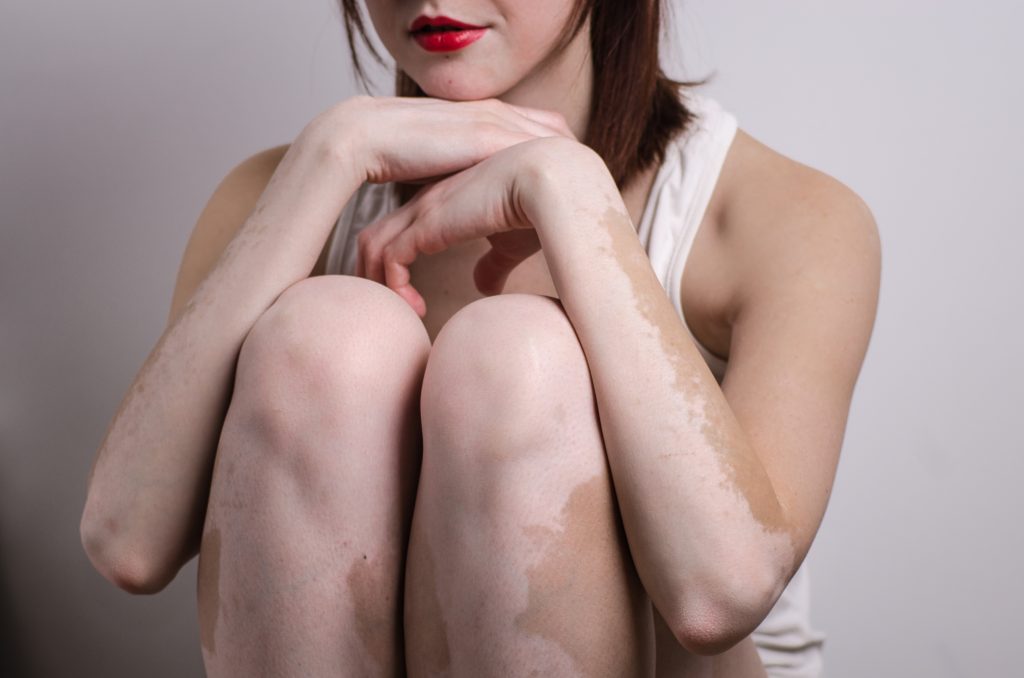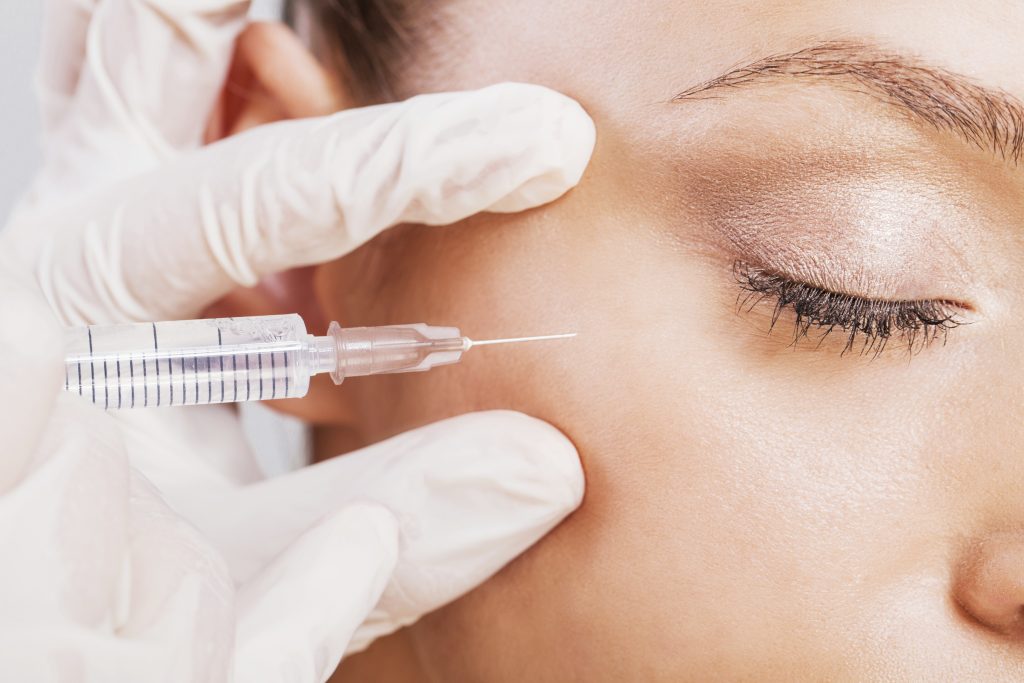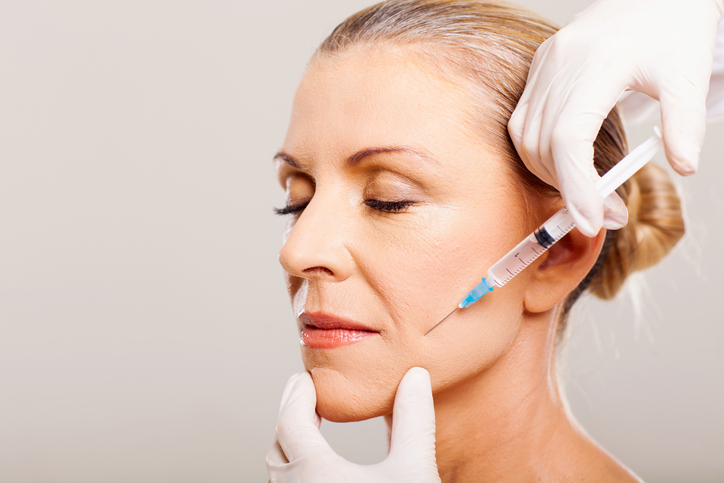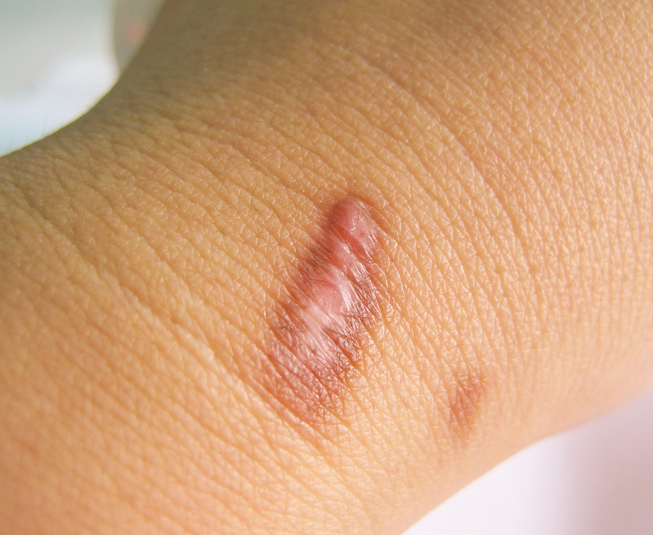Dr. Harleen Arora received her Bachelor of Science in Biology from the University of Miami, graduating Summa Cum Laude. She completed medical training at the University of Miami Miller School of Medicine in Florida where she was elected a member of the prestigious Alpha Omega Alpha Honor Medical Society. She completed her transitional year internship in internal medicine and her dermatology residency training at Henry Ford Hospital in Detroit, Michigan. During her medical training, Dr. Arora published heavily, contributing to book chapters and peer-reviewed literature. She also championed volunteer initiatives with emphasis on cosmetic and surgical dermatology as well as community education regarding skin cancer and prevention.
Dr. Arora specializes in medical, surgical, and cosmetic dermatology. Her particular areas of interest include skin cancer surveillance, prevention, and treatment, in addition to a wide array of dermatologic conditions such as acne, eczema, hidradenitis suppurativa, and more. Additionally, Dr. Arora specializes in surgical excisions as well as several cosmetic procedures such as Botox and injectable fillers.
Dr. Arora enjoys hiking trails, kayaking, traveling to new places, and trying new foods. She is looking forward to exploring Colorado with her husband and their pets.


